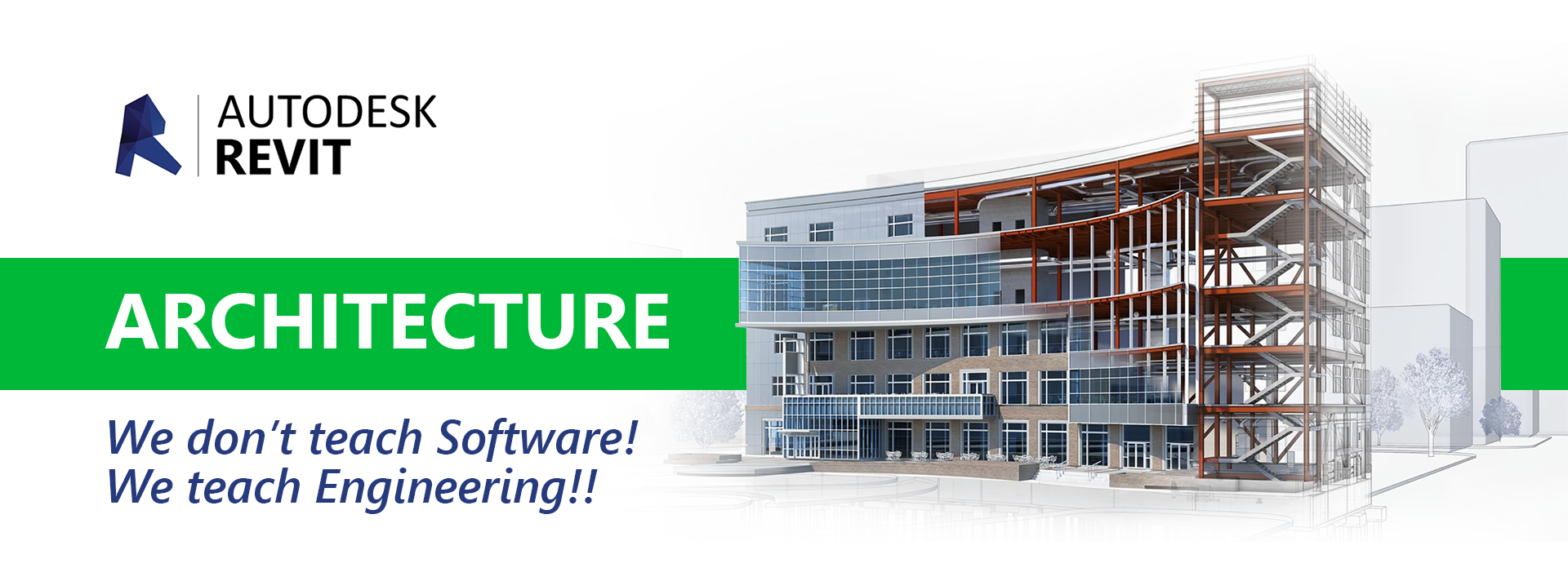
Here is the big question: How can someone enforce standards when they have no idea what any of those standards mean? If they don’t know how to open and navigate Revit, why would anyone in the firm listen to them? This is a rampant practice across many firms managers are not learning how to correctly use appropriate tools to create final deliverables, yet they expect their staff to be training on those same tools. For example, not all managers are being educated and trained on Building Information Modeling (BIM), yet they want to enforce BIM standards within their company. Some of them, especially poor train-the-trainer programs, can result in geometrically cascading failure for a company.Įvolution and adoption of new models and standards can create challenges for businesses with regard to education and training. All of these factors, which is by no means a comprehensive list, result in lost resources for the companies.

They may have received incorrect or outdated information, been taught poor habits or had them reinforced, or they may have completely disengaged from a process to capture its attendees. When programs are planned and/or conducted poorly, employees can leave with a net negative experience. The top firms in the world are learning and training more than their competitors, making them the top firms in the world.Įducation and training should not be done simply for the sake of appearances. The best employees in your company are those who are learning and training the most. By contrast, the average person in America is reading barely one book per year. Some of these books are first-time reads (education) and some are re-reads (training themselves on concepts they’ve already learned). Think of the best CEOs-they are reading an average of 60 books per year.

Training and education are the two greatest investments a company can make in employees.

Remember the first time someone taught you how to import a model or a CAD background, then you tried to do that exact same thing months later and you were unable to? Why does this happen? It is because there wasn’t enough repetition between the introduction and when you had to do it again by yourself.

Learning about Revit and how to do something-initial education-doesn’t always mean that you can do it. Whether it is how to use Autodesk® Revit® or engineer a building, it is through the repetition of your skillset over time, which is training, that makes you great. Training is how you become great at that topic. Let’s first talk about the difference between education and training.Įducation is when you are exposed to and become aware of a given topic. Back November 7th, 2019 Revit MEP: Education & Training-Definitions and Differences


 0 kommentar(er)
0 kommentar(er)
